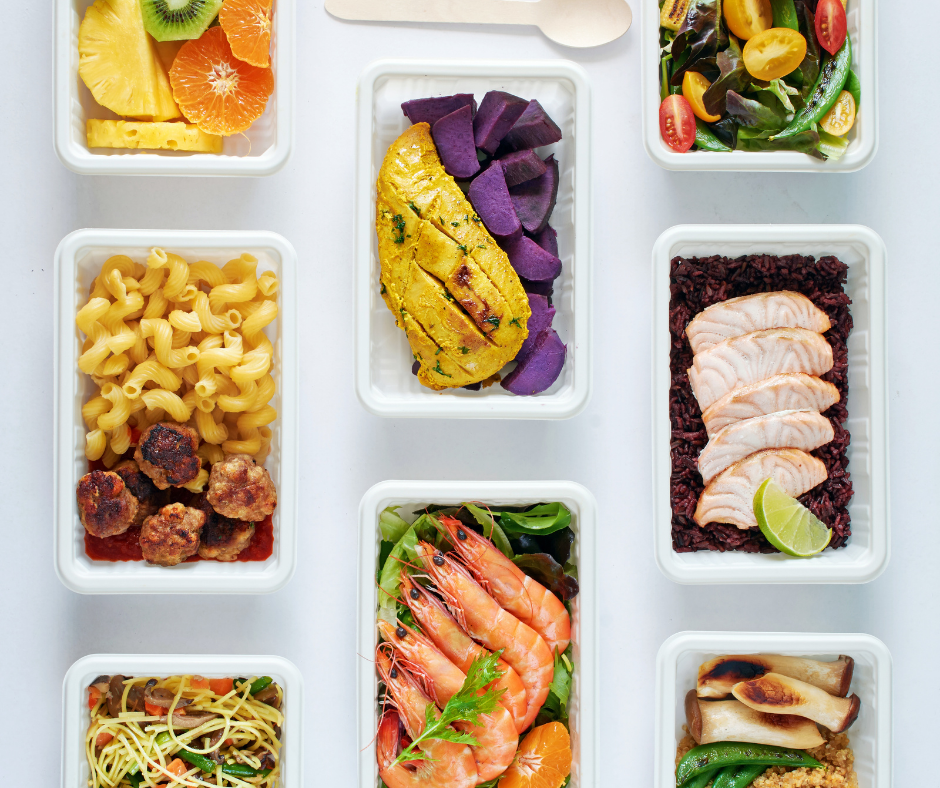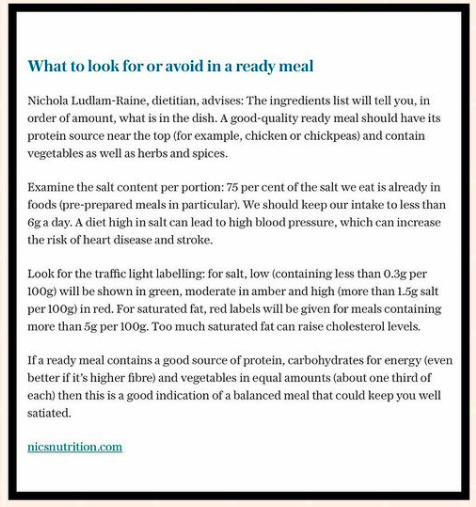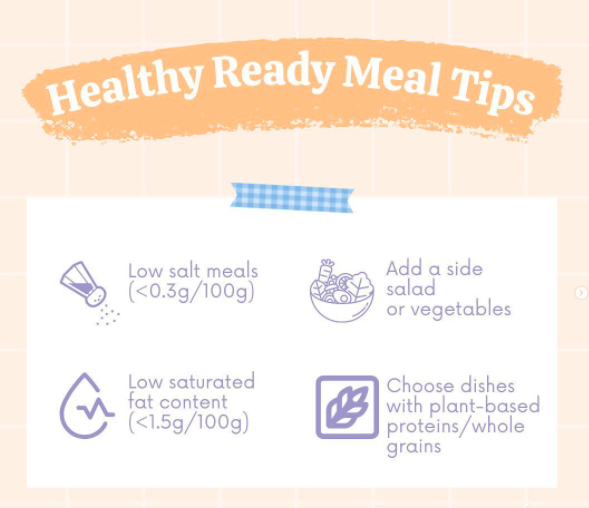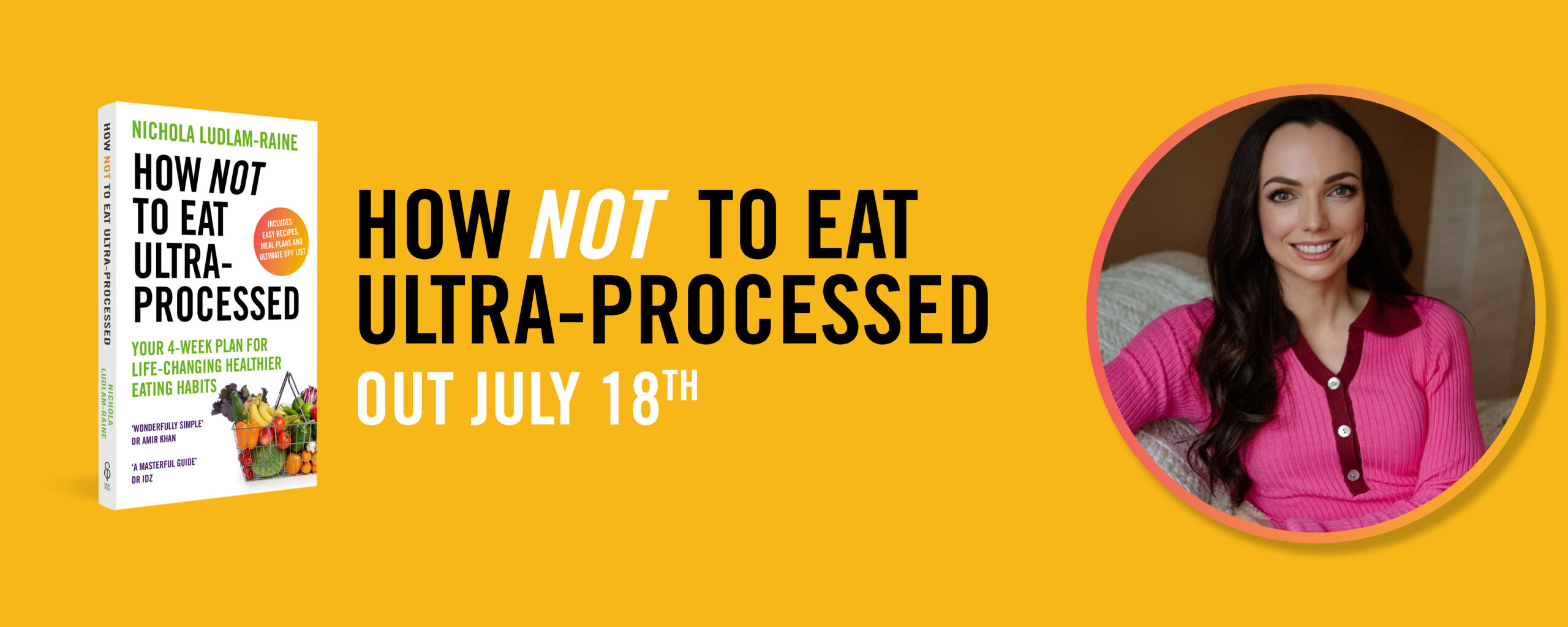
Ready meals are something that often gets a bad rep in the world of nutrition and people often believe that they can’t eat ready meals if they want to have a healthy, balanced diet.
However, ready meals can have a place in our life, especially if the alternative would be a fast-food takeaway meal. We don’t all have the luxury (time or inclination!) of cooking from scratch every night. Therefore, sometimes it might be better for you to buy a healthier ready meal!
I recently spoke to the Telegraph to provide some nutritional feedback to some of the U.K’s favourite ready meals and some of my top tips for knowing what to look for in a healthier ready meal!

Can a ready meal ever be healthier than cooking from scratch?
This depends on what is being made in the home (i.e. the ingredients being used) and what is meant by ‘cooking from scratch. For example, if cooking from scratch means adding lots of butter and salt for taste, then a ready meal may well be the healthier option. This may also apply if people are omitting vegetables from their meals too, or relying on ‘quick cook’ oven/even deep-fried food such as chicken nuggets and chips.
What are the things to look for or avoid in ready meals?
The number one thing to do is to look at the ingredients list as this tells you, in order of amount, exactly what is in the dish that you are buying.
Look at the ingredients list – Good quality ready meals should ideally have a protein source near the top (for example chicken/chickpeas) and contain vegetables, starchy carbohydrates as well as herbs and spices.
Think ‘what can I add to this dish’ – Can you add a side salad or a portion of greens? Frozen peas cook quickly in the microwave or mix of veg to put into the oven with your ready meal.
Salt content – Around 75% of the salt we eat is already in foods (pre-prepared meals in particular for taste and preservation reasons). For optimal health, we should keep our intake to less than 6g a day, which is about one level teaspoon. A diet high in salt can lead to high blood pressure, which can increase the risk of heart disease and stroke.
Look at the traffic light labelling (if it’s there) – Low in salt meals (less than 0.3g salt or less per 100g) will be shown in green, moderate in amber and high (more than 1.5g salt per 100g) in red. For saturated fat, red labels will be given for meals containing more than 5g per 100g. Too much-saturated fat of a particular kind can raise cholesterol levels.
Fibre – Dishes with vegetables, plant-based proteins, as well as whole grains, will contain more fibre, which is essential for gut health. We should ideally be eating 30g of fibre every day.
If a ready meal contains a good source of protein, carbohydrates for energy (even better if it’s higher fibre) and vegetables in equal amounts (about ⅓ of each in the meal) then this is a good indication of a balanced meal that could keep you well satiated.

🤔 Do you sometimes buy ready meals? If so, what do you usually look for?
🧡 Let me know your favourites! If you have any questions, do let me know over on @nicsnutrition on Instagram!
